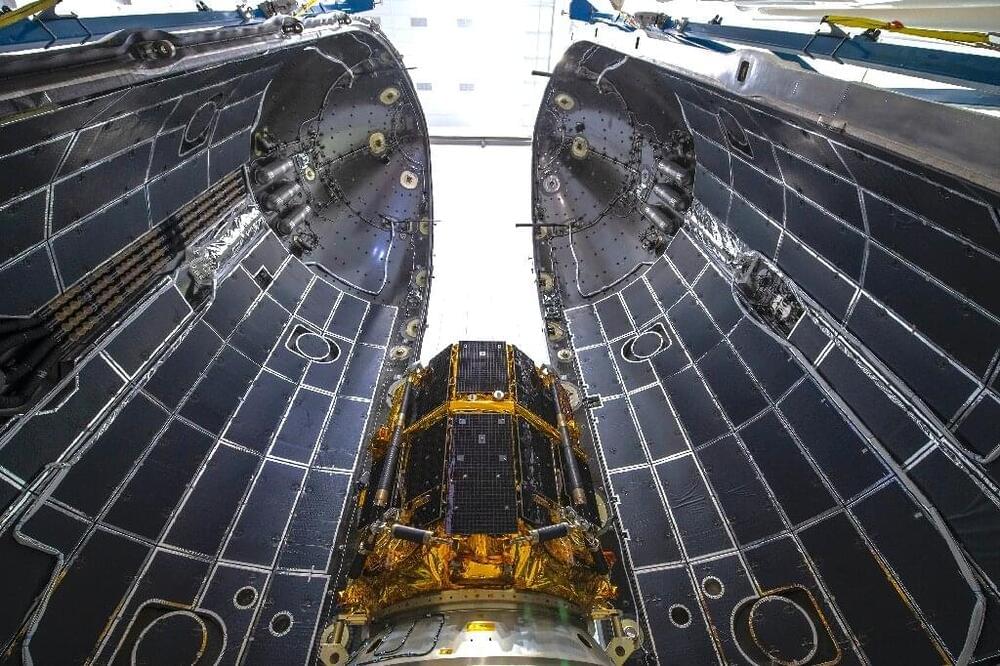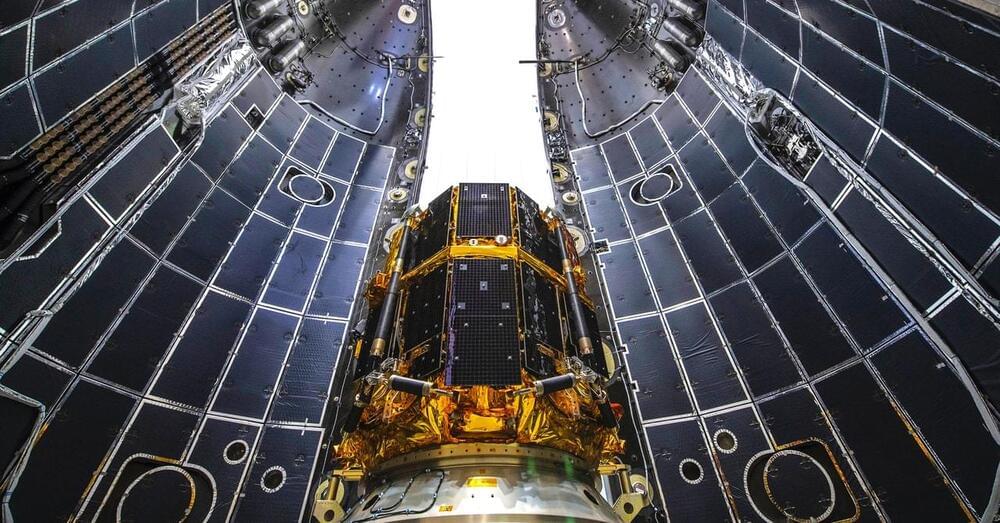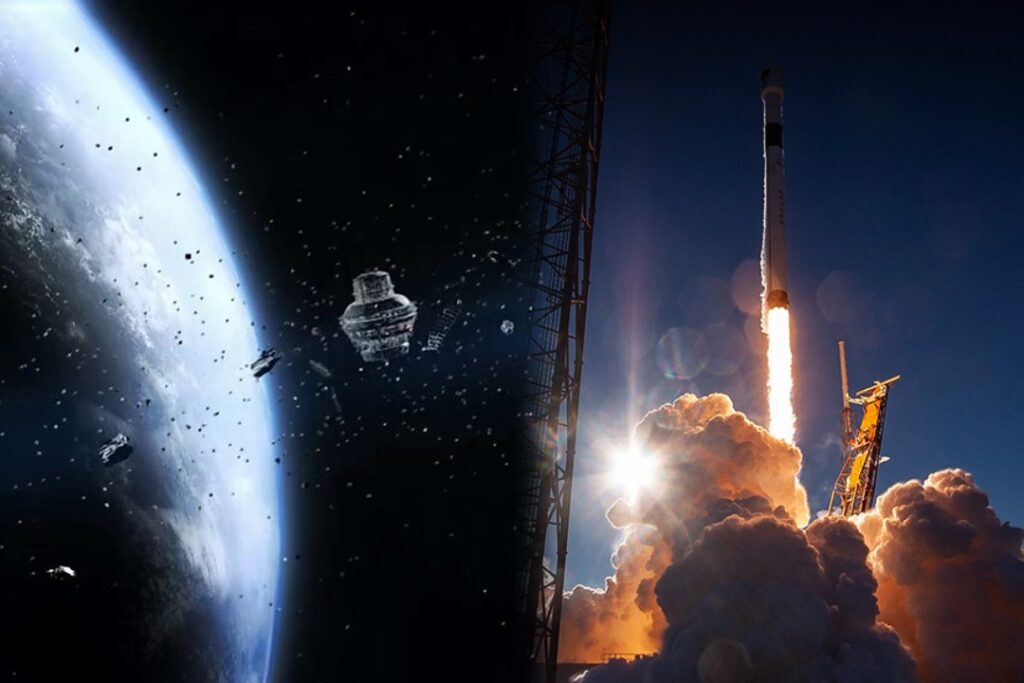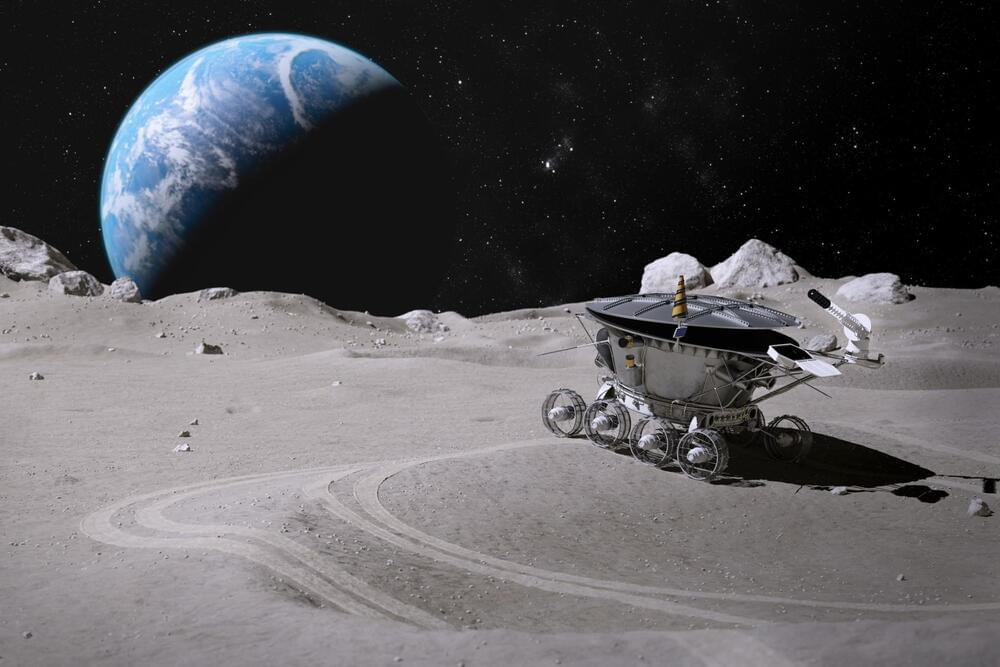Category: space travel – Page 130

Japan firm’s pioneering Moon landing fails
A Japanese startup attempting the first private landing on the Moon said Wednesday it had lost communication with its spacecraft and assumed the lunar mission had failed.
Ispace said that it could not establish communication with the unmanned Hakuto-R lunar lander after its expected landing time, a frustrating end to a mission that began with a launch from the United States over four months ago.
“We have not confirmed communication with the lander,” a company official told reporters about 25 minutes after the expected landing.
Japanese private space company to attempt historic Moon landing today
Japan’s ispace could become the world’s first private company to perform a successful lunar landing.
Japan’s Hakuto-R lander, developed by private space firm ispace, will soon attempt a Moon landing. Last month, ispace announced that Hakuto-R successfully performed a lunar insertion maneuver. That was a crucial step ahead of its historic lunar landing attempt.
Now, the time is near. A private space company could land a spacecraft on the Moon for the very first time.
ispace.
Last month, ispace announced that Hakuto-R successfully performed a lunar insertion maneuver. That was a crucial step ahead of its historic lunar landing attempt.


Space Launch Delta 30 to Lease Space Launch Complex 6 to SpaceX
With Starlink now profitable, SpaceX’s need for launches is now virtually infinite. So they just got permission to create a fourth tower for Falcon 9 / Falcon Heavy which means that at least one more drone ship is under construction.
Col. Rob Long, Space Launch Delta 30 commander, signed a statement of support on April 21, 2023, granting SpaceX permission to lease Space Launch Complex 6 (SLC-6) for Falcon rocket launches.
SLC-6 previously supported the Delta IV vehicle family and has remained vacant since the final Delta IV Heavy launch on Sept. 24, 2022.
The decision is the result of SLD 30’s launch pad allocation strategy, which is a process to evaluate the suitability of various launch sites for different types of rockets and payloads. The process is critical to ensuring that launches are safe, and that the selected launch site can accommodate the unique requirements of each mission. This was the first round of launch pad allocations, and additional rounds of allocations will occur in the future after further operational analysis.
Superintelligence: Collective Superintelligence
Last time, we talked about the concept of Speed Superintelligence as proposed by philosopher Nick Bostrom at the University of Oxford. If you haven’t seen the previous videos on this topic, do check them out, the link is in the description below. Today, we will be looking at a different kind of superintelligence known as Collective Superintelligence and some of its defining characteristics!
A collective superintelligence according to Bostrom is a form of superintelligence that is a system achieving superior performance by aggregating large numbers of smaller intelligences. So, he formally defines collective superintelligence as “a system composed of a large number of smaller intellects such that the system’s overall performance across many very general domains vastly outstrips that of any current cognitive system.” Now, Collective superintelligence may be less conceptually clear-cut than speed superintelligence, however, it is more familiar empirically. For example, firms, work teams, academic communities, countries, and even humankind as a whole, can fall under collective superintelligence. Since these loosely defined “systems” are capable of solving classes of intellectual problems by breaking them into parts that can be pursued in parallel and verified independently. Tasks like building a space shuttle or operating a hamburger franchise offer many opportunities for division of labor: different engineers work on different components of the spacecraft, and different staff members operate different restaurants for the smooth operation of the whole franchise.
The Challenge: Russia Makes History with the First-Ever Movie Shot in Space
The first-ever feature film shot in space has premiered on April 20, 2023 and Moscow is celebrating the achievement, considering it a victory over a rival Hollywood project amid rising tensions with the West. In October 2021, Russia dispatched an actor and a film director to the International Space Station to shoot scenes for a movie titled “The Challenge.” The plot of the film revolves around a surgeon who is sent to the ISS to save an injured cosmonaut. The filming took place during a 12-day stint onboard the orbiting laboratory. In a competition to produce the first feature film shot in space, the Russian crew emerged as the winners, surpassing a Hollywood project that was announced in 2020 by Tom Cruise in collaboration with NASA and Elon Musk’s SpaceX.
#TheChallenge #FirstMovieShotinSpace #Filmmaking #SpaceExploration #cosmonautics #InternationalSpaceStation #Roscosmos

Comment les activités spatiales peuvent-elles évoluer vers plus de durabilité ?
Remark: This article is from The Conversation France written by Victor DOS SANTOS PAULINO & Nonthapat PULSIRI (V&N) — Experts from Toulouse Business School and The SIRIUS Chair (France)
Lorsque nous parlons d’espace, nous pensons aux étoiles que nous voyons la nuit ou à de bons films de science-fiction. Or, l’espace comprend également tous les satellites et engins qui sont lancés depuis la Terre. Dans certains engins spatiaux, il y a des astronautes, comme l’Américaine Christina Koch ou le Français Thomas Pesquet, qui voyagent pendant plusieurs jours ou mois pour de nombreuses missions.
Pendant ce temps, plus de 8 000 satellites non habités opèrent sur les orbites terrestres pour améliorer la vie quotidienne. Par exemple, les satellites de communication contribuent à améliorer l’accès à Internet dans les zones blanches, les satellites d’observation sont essentiels pour les prévisions météorologiques et les satellites de navigation (GPS) sont indispensables pour les besoins de transport actuels et futurs tels que les véhicules autonomes.
Les progrès dans le secteur spatial offrent aujourd’hui de nouvelles opportunités dans la mise en orbite de constellations de milliers de satellites (par exemple, la flotte Starlink lancée par SpaceX, la société de l’homme d’affaires américain Elon Musk) ou encore dans l’exploitation minière spatiale et le tourisme spatial. Certains pays (dont la France et les États-Unis) ont par ailleurs annoncé que soutenir leur écosystème spatial constituait une priorité pour dynamiser l’économie.

Hyundai Motor Group announces development of lunar exploration rover
Korean automotive manufacturer “moving beyond land, sea, and air mobility to expand into space”.
Hyundai Motor Group, a leading South Korean automotive manufacturer, has announced its entry into the space exploration industry. On April 20, 2023, the company unveiled plans to build a lunar exploration rover development model, in collaboration with several Korean research institutions in the aerospace sector.
The ambitious project aims to create a versatile mobility platform capable of handling various payloads, with cutting-edge autonomous driving technology, solar charging, thermal management, and radiation shielding features. The rover is designed to carry various pieces of equipment on top of it, with a maximum weight of 70 kg.
